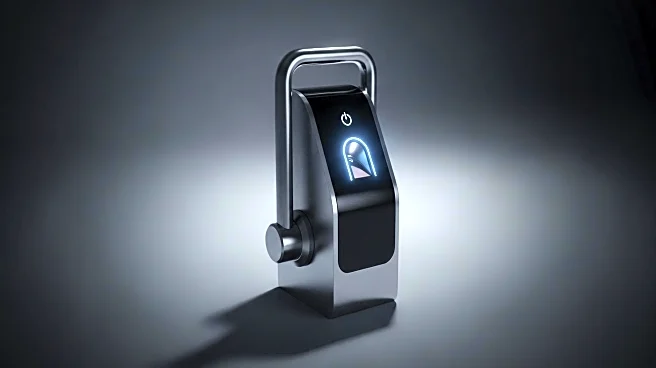What's Happening?
The European Union is set to replace physical passport stamps with a digital Entry/Exit System (EES) starting October 12, 2025. This system will utilize biometric data, including facial recognition and fingerprints, to track non-EU travelers entering the Schengen Area, which comprises 29 countries. By April 2026, travelers from countries such as the U.S., U.K., and Canada will be scanned rather than stamped, marking a significant shift towards digital border management. This change aims to enhance security and streamline border crossings, reducing opportunities for document forgery.
Why It's Important?
The transition to digital entry systems represents a broader global trend towards increased security and efficiency in international travel. For U.S. travelers, this means faster border checks and potentially fewer delays. However, it also signifies the end of a traditional travel ritual, as passport stamps have long been cherished as souvenirs. The move could impact travelers who value the tangible record of their journeys, but it promises a more standardized and secure form of data collection, aligning with technological advancements in travel infrastructure.
What's Next?
Travelers planning to visit Europe will need to familiarize themselves with new entry requirements, including pre-travel authorizations or online applications. The U.S. State Department provides tools to check visa and document requirements, helping travelers prepare for these changes. As digital systems become more prevalent, travelers should ensure their passports remain valid for at least six months beyond their travel dates to avoid complications.













